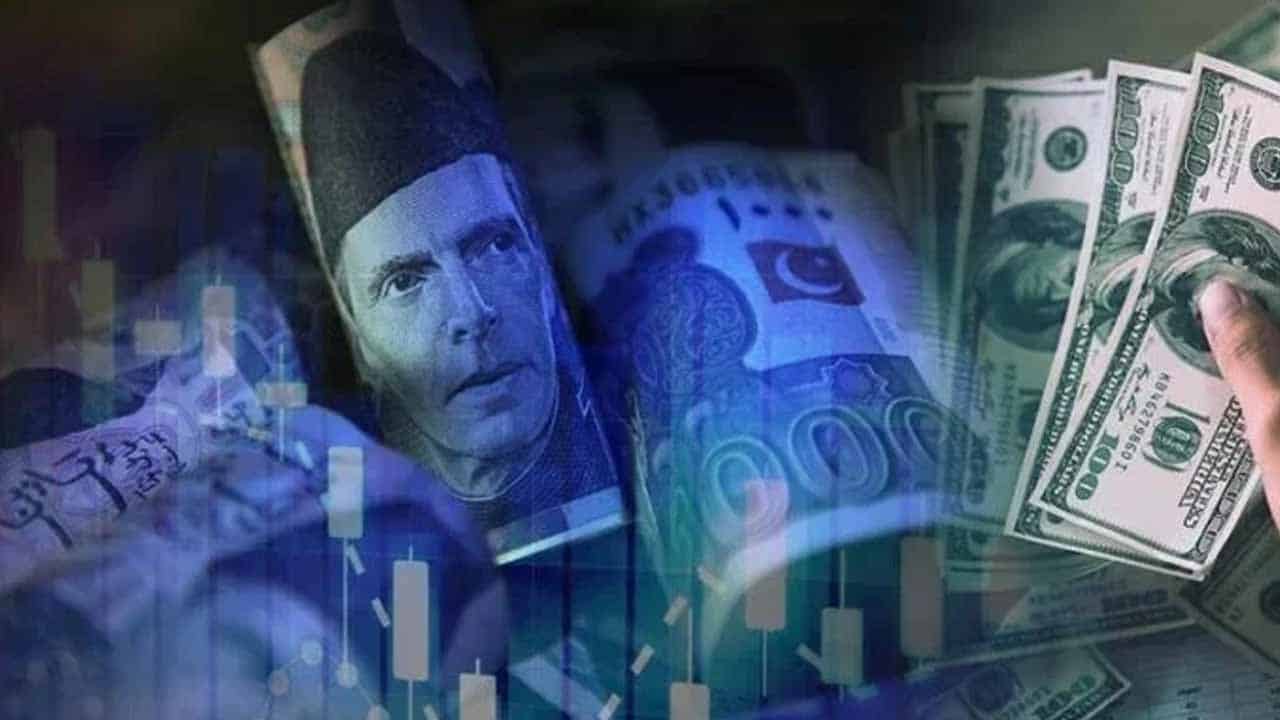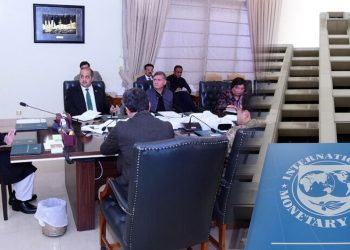The Pakistani rupee witnessed its worst month since 1972, depreciating nearly Rs34.5, or more than 14%, against the US dollar. This is the biggest monthly drop in history, and is likely due to concerns over a delay in an International Monetary Fund (IMF) bailout program. The decline in the value of the Pakistani rupee was the worst globally after Ukraine’s currency for the month.
The risk of default has risen in recent months due to political uncertainty and a strengthening dollar, said Ankur Shukla, an economist for Bloomberg Economics in Mumbai.
“The main driver is more straightforward: fear the country may not secure aid from the IMF quickly enough to avoid following Sri Lanka into default,” Shukla said.
The rupee’s sharpest decline demonstrates the mounting concerns over the nation’s deteriorating external liquidity position. The foreign exchange reserves retained by the State Bank of Pakistan (SBP) have dwindled by $7.811 billion since February to $8.575 billion in July, sufficient to finance around six weeks of imports.
Concurrently, the current account deficit ballooned to $17.4 billion in July-June (the fiscal year 2021-22) from $2.8 billion a year ago. This upsurge in the current account gap is attributable to hefty imports amidst a spike in commodity prices
The stock market has not been reacting well to the political turmoil in Pakistan, as investors are worried that the country will default on its loans from the International Monetary Fund. Pakistan is working to reassure its creditors that it will not follow in Sri Lanka’s footsteps and intends to secure the necessary funding to avoid default.
In a research note, Arif Habib Limited stated that the political risks and shifting paradigms took a toll on the foreign investors/creditors’ confidence, hence contributing largely to bringing the rupee under pressure.
“Although we believe that the rupee still has inherent depreciation bias in the long-term, in the short term, we expect some stability to be restored. We attribute this short-term stability conditional on inflows from bilateral and multilateral creditors, IMF inflows, and strengthening of some macro-economic variables along with SBP attempts to curb market speculation.”
Nonetheless, the reports of the country’s army chief requesting the US to expedite $1.2 billion of new funding for Pakistan, as well as expectations of early elections, have calmed the nerves of investors.
On Friday, the rupee succeeded in recovering some of its losses from the previous day, closing at 239.37 per dollar. This is in contrast to its value of 239.94 on Thursday. In other words, the rupee appreciated by 0.24% on a day-to-day basis.
After depreciating by a drastic 13.31% in the last 10 trading sessions, the rebound of the local unit came as a surprise. That said, the rupee is still under a lot of pressure in the black market, where it lost Rs4 and was thus trading at 244 against the US dollar.






